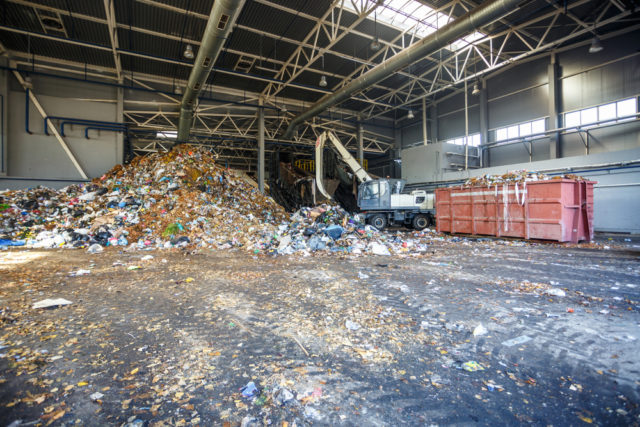– A Match Made in Heaven?
Up until now, the compatibility of metallized films with plastic recycling systems in North America, has been under a cloud. This is despite the fact that the metal layer thickness on the plastic film substrate is in the order of nanometers and holds a <0.1% share in terms of the overall film thickness.

Recycling Systems
Uncertainties surrounding the contamination of existing recycling streams have been the biggest hurdle in the path of
Plastic items can enter postconsumer collection and recycling systems in various ways. Collection methods include single stream and dual stream MRF’s, deposit container systems, mixed waste facilities, and grocery store rigid plastic and film collection systems. It is these grocery store film collection systems where the recycling of flexible packaging kicks off, as part of the Sustainable Packaging Coalition’s How2Recycle® Label program.
After they’re collected at a Store Drop-Off location, these bags, wraps, and films are processed at Material Recovery Facilities (MRFs).
End-user markets
One of these end-user markets is synthetic lumber for decking or park benches. Trex®, the world’s largest manufacturer of wood-alternative decking products, is the only company that performs this operation in North America. Trex® eco-friendly composite decks are manufactured from an innovative blend of 95% recycled wood and plastic film; the average 500-square foot composite Trex® deck contains 140,000 recycled plastic bags! Here is a video summarizing the whole process: Trex
In order to be accepted into Trex’s process, plastic films have to pass a melting point test whereby the melting temperatures of the various components in the film should be between 110 to 1360C, analogous to a typical polyethylene melt peak between 110 to 1360C.
Metallized Films Now Recyclable?
Celplast decided to send its
The film was subjected through the melting point test and passed with flying colors. A statement from the report read, “these materials would be acceptable for use in the Trex recycle PE stream.” A plot of the

This study has helped disperse the clouds away and metallized film can finally see some heavenly light as there is existing recycling infrastructure that can process metallized films.
However, we have only reached the intermission as DURAMET®PE now embarks on a journey which includes metal detection testing at a laboratory approved by the Association of Plastic Recyclers (APR). This test will be one of the key criteria to eventually determine the eligibility of DURAMET®PE for the How2Recycle® Label program.
Sit tight!

– Ameer Hamza
Product Development Engineer
Celplast Metallized Products Limited

